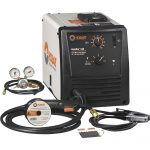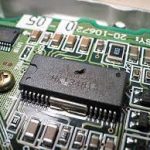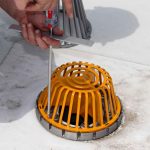Switchgear refers to a range of switches, circuit breakers, fuses, and other electrical/electronic equipment that serve to regulate, control, energize or de-energize a power system. Moreover, metal-clad switchgear is a type of switchgear, where all internal components are individually clad in separate metal compartments. Thus, this design provides additional levels of safety, ease of maintenance and robustness.
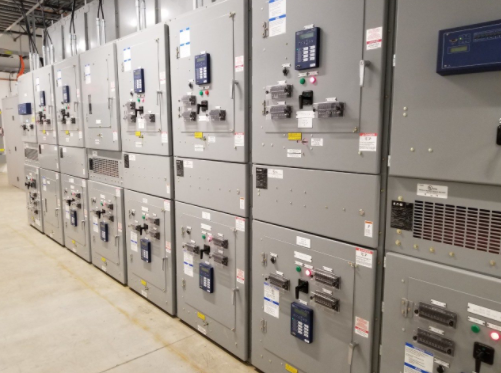
In this article, you will learn about metal-clad switchgear specifications, metal-clad switchgear vs. metal enclosed switchgear, and a review of features from key manufacturers.
Metal Clad Switchgear Features
Metal clad switchgears remain the industry’s go-to switchgear for medium voltage (between 1 kV AC to 75 kV AC) applications. This is because of three main features which give it a comparative edge. First is enhanced safety. Because of its compartmentalized setup, it is possible to access the low voltage section without contact with any other live part in the switchgear. Also, the incoming bus and the main bus are isolated. In addition, the entire unit including barriers are fully grounded with mechanical interlocks, fully insulated bus, and circuit breaker shutters. All these keep users away from the medium voltage sections.
Secondly, it is easy of maintain. Due to the isolated and modular setup, repairing and replacing parts is cheaper. Furthermore, the design of several metal clad switchgears allows it to function as a disconnect, where it continually operates in the ‘on’ position. With the exemption of an annual shutdown.
Finally, metal-clad switchgear offers a variety of customizations depending on a client’s specifications. For example, a wide range of relay schemes can be deployed in line with a customer’s needs. Basic applications usually include functionalities to handle overcurrent, undervoltage, overvoltage, and tripping the circuit breaker. More complex applications possess frequency protection features, phase sequence, and phase balance. All these extra features require a much larger relay size and an extra amount of wiring.
Metal Clad Switchgear Specifications
As the previous section highlights, there are diverse features that metal-clad switchgear possesses, depending on the application’s needs. However, there are a host of specifications from professional bodies that provide guidance for their fabrication, setup, and operation. Some of these organizations include:
- Institute of Electrical and Electronics Engineers (IEEE).
- American National Standards Institute (ANSI).
- National Electric Code (NEC)/National Fire Protection Association (NFPA).
- National Electrical Manufacturers Association (NEMA).
Voltage and Current Ratings
IEEE C37 specifies the maximum voltage rating for circuit breakers ranging from 4.76 kV to 38 kV. Also, it specifies the main bus continuous current ratings of 600 A, 1200 A, 2000 A, 3000 A, and 4000 A associated with the various maximum voltage ratings.
Relays
Specifications require the protective relays and test devices to be in a semi-flush position. Moreover, the wiring of the relay and instruments is tandem with the project’s single line diagram and datasheets. Also, it is necessary to test the relay in place on the panel, and its design should be such that it is easy to remove for repair or inspection.
Installation
Standards recommend carrying out installation of metal clad switchgears using a combination of the equipment manufacturer’s instructions, NEC guidelines, and general industry practices. In addition, as a prerequisite to installation, the contractor should carry out field inspection, and visually inspect the switchgear for any physical damage. Then, on installation, the contractor should carry out testing of the equipment, properly torque all bolted connections and terminations, and perform insulation resistance tests. Also, in line with paragraph 5.5 of ANSI/IEEE C37.20.2, low frequency testing should be done.
Fabrication
After fabricating the switchgear unit, and placing it on a concrete floor, it must be self-supporting. Also, all power connections should be appropriately marked, and the painting of steel members should be as per drawings. Fabrication should include the cleaning of exposed metal parts with a zinc phosphate pretreatment, subsequently followed by a powder coat.
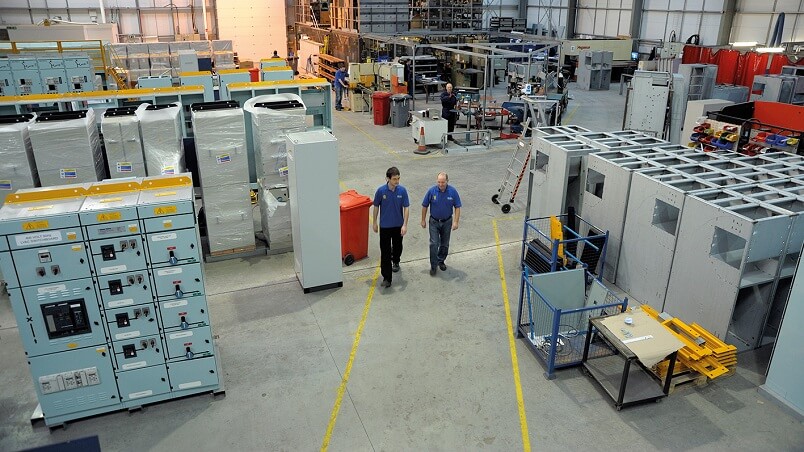
These are just a few specifications. Other key specifications from standards cover areas such as service conditions, instruments, utility metering section, and control wiring.
Metal Clad vs Metal Enclosed
Metal-clad switchgear is in fact a subset of metal-enclosed switchgear. They both have a metal enclosure on all sides with view and ventilation openings. Also, the entire enclosure/shell is grounded to ensure overall safety of the equipment. However, there are several differences between the metal clad vs. metal enclosed as the table below highlights.
| Metal Clad Switchgear | Metal Enclosed Switchgear |
| Its internal components are individually clad in metal. In other words, they are compartmentalized. | All components share the same compartment. |
| Each of these compartments are insulated and grounded separately. | The entire switchgear shares a common grounding. |
| Typically, a metal clad is more expensive, due to more features and modularity. | Metal enclosed switchgears are less expensive. |
| Suits systems with larger load demands and higher fault current. Because its circuit breakers allow for better coordination within the system. | Ideal for systems with smaller loads. Also for those with lower fault current. |
| The compartmentalization offers enhanced safety, as parts of the system can be shut off, while working on others. | The parts are interconnected. As a result, precaution is necessary when carrying out repairs or maintenance. |
| Metal clad systems allow for automatic transfer of loads to live utility lines, when there is power outage. | This level of automation is not easily deployable on metal enclosed systems. |
Switchgear Features from Manufacturers
Despite the several manufacturers of metal clad switchgears in the industry, there is minimal difference between the products on the market. Because this type of switchgear is highly customizable, they are built to suit specific needs of a client. However, their features are largely similar as an overview of the features of switchgears from industry leaders highlights.
| Manufacturer | Siemens | ABB | Schneider Electric |
| Series | Air-insulated/gas-insulated switchgear | SafeGear Medium Voltage Arc-Resistant | Masterclad MV Metal-clad Switchgear |
| Electrical Characteristics | Medium voltage | Medium voltage, arc resistant | Medium voltage, arc resistant |
| Configuration | Air-insulated, and gas-insulated | Air-insulated | Air-insulated |
| Primary Current | 25 kA to 50 kA | 25 kA to 63 kA | 25 kA to 50 kA |
| VAC | 7.2 kV to 17.5 kV | 5 kV to 27 kV | 5 kV to 15 kV |
| Circuit Breaker | Drawout vacuum circuit breakers | Drawout vacuum circuit breakers | Drawout vacuum circuit breakers |
The similarities in features stem from conformance with industry standards. Also, widespread cooperation among industry players in the development of technology contributes to this.
In summary, switchgear provides key components in industrial power systems. Moreover, they can serve stand-alone or with other equipment within e-houses. Metal clad switchgears have prominence in medium voltage applications due to enhanced safety, automation, and compartmentalization.
